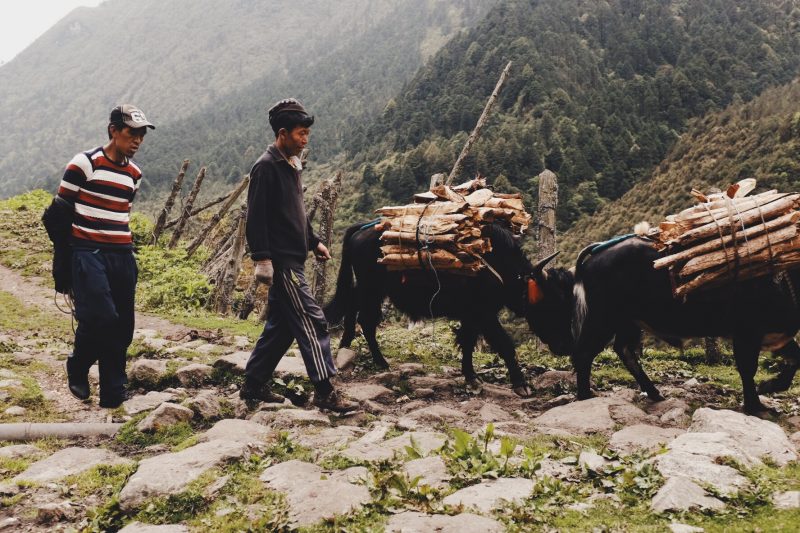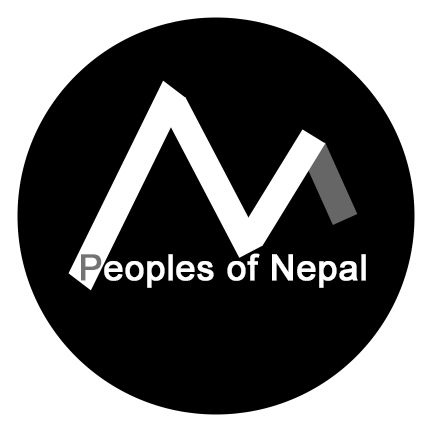Chauri
Spending a week in the mountain village of Walongchung Gola allowed us to see many animals, familiar and unfamiliar. While taking a walk around the village I ran into two men walking next to two animals that were carrying bundles of wood on their backs. These animals looked different from cows… but they were too small to be yaks. I asked the men what they were and they said “chauri.”

Chauris are a beautiful breed of yak and cow. The chauris in this village provided milk, butter, churpi, and meat to the villagers. During our stay in the village, we were served lots of chauri meat with our daal baht and mixed into chowmein. It’s a very tough and salty meat with a high fat content. Chauris also transport packs of goods from village to village on their backs. We were very fortunate to see these animals. They tend to live in cooler places. In the summertime, you can find them grazing in pastures while in the winter they feed on fodder tree leaves. However, the availability of both of these feeding systems are becoming scarce in the places that chauris live. Newer generations aren’t very interested in chauri farming because the business is difficult since chauri population isn’t growing and productivity of pastures aren’t improving.
Chauris have proven to be more productive than yaks. Chauris can adapt to lower altitudes than yaks since they don’t have as much hair. They can live in higher altitudes than cows. They can also produce more milk than both yaks and cows. As of 2007, in Nepal, it was estimated that there are about 46,000 chauris and only 10,000 yaks. It seems that the population of both are decreasing. The estimated production of chauri per year is only 70-100. It’s believed that the reason for a decreasing presence in chauri in Nepal is due to casualty by leopard, diseases, natural death, or being exported to Tibet for meat.
